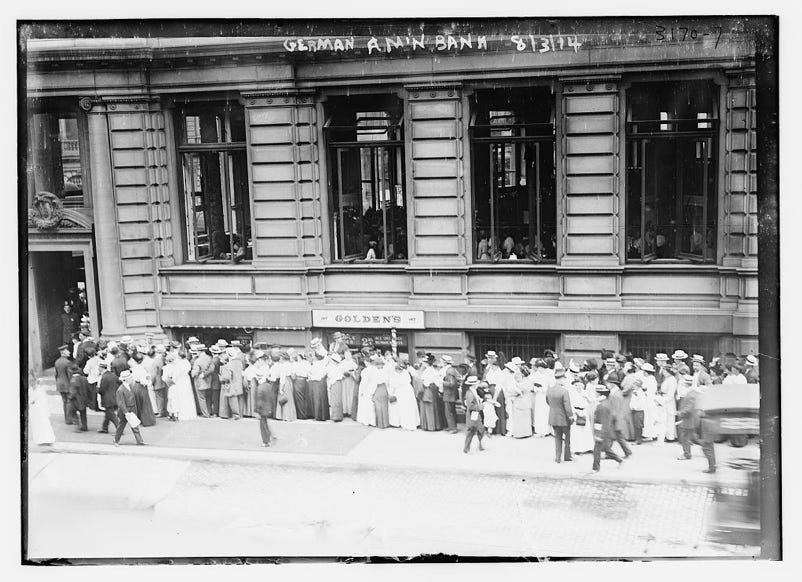
The New York Times recently ran a story about the trend in commercial advertising to feature more multiracial families, calling this “a sign of Modern Society.” Research certainly supports this trend when you consider that larger numbers of US newlyweds have a spouse of a different race or ethnicity. Pew Research says there has been a fivefold increase in intermarriage since 1967, and that in 2015, 17% of couples were intermarried.
Marriage (and non-marital coupling) has been an important conduit for transmitting culture across many generations. Because marriage usually involves raising children it involves passing along habits, attitudes, values, traditions, skills and behaviors from one generation to the next. Scientists have shown that even primates transmit rudimentary elements of culture (behavior, skills) from one generation to the next through learning. Through migration, conquest and simple coexistence, humans of different cultures and ethnicities have cohabited and influenced each other for centuries whether peacefully or otherwise.
The Moors conquered Spain in the year 711 and from that moment on, Moorish influence on the Iberian Peninsula created a new culture, contributing to the rich pastiche of cultures that is modern day Spain. Part of this transformation involved commerce, legal, religious, governmental or militaristic influences, but its propagation to the next generation came in the form of multi-ethnic or cross-cultural marriages as Islam, at the time permitted intermarriage between Muslim men and non-Muslim women (who were expected to convert) .
Cross-cultural blending created an entirely new culture, the Mozarabs (among others) were Iberian Christians who lived under Moorish rule and adopted elements of Arabic culture and language. Their language, Mozarabic was a precursor to Castilian Spanish and likely came into existence as various cultures attempted to navigate the confusing linguistic waters of the day not just in commerce and politics, but in romance as well. Modern Spanish is filled with Moorish words like “almohada” (pillow), “azucar” (sugar) or “Ajedrez” (chess). And look around Andalucian Spain: you will see the Moorish influences everywhere.
When a couple is of the same culture, aspects of their culture are instilled in the children who then blend their parent’s culture with the dominant popular culture they grow up within. When the parents are immigrants in a new land, they are, in essence, creating a third culture. The offspring share their parent’s culture, but are also acculturating to the host country culture. This is the case with bicultural Hispanics who are US-born children of foreign-born parents; they are creating an entirely new culture combining elements of their parent’s culture and mainstream American culture. The use of code-switching (the combining of Spanish and English words.
When parents are of two different cultures or ethnicities, an interesting dynamic occurs. I call it cross-culturation. It is a process by which two people with differing cultures influence each other. They start adapting mannerisms, idioms, language and customs from their spouse and the children often incorporate both into their worldview along with the mainstream culture they are acculturating into.
Often, the child will choose to associate more with the culture of one parent, or they might associate with neither or both. Some of it has to do with phenotype: do I look more like my mom or my dad? Societal perceptions play a role as well.
It could also depend on the environment in which they are raised: if it is in an immigrant enclave, they might associate more with the immigrant culture that is shared with one parent. There are so many variables which impact self-identity. In American Latino culture, we see Latinos of different Latin American countries intermarrying quite a bit. In these cases, children will often associate more with their mother’s country of origin due to close maternal bonds, the food and other traditions that she emphasizes from her own culture. This is where a pan-latin identity is more likely, where someone might simply refer to themselves as Latino versus being from a specific country.

German American Bank, 1914, Library of Congress
Alhambra Castle, Grenada, Spain

Copyright 2023, Cultural Edge, Inc.